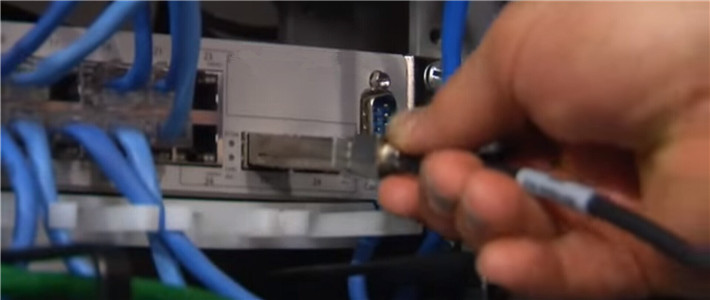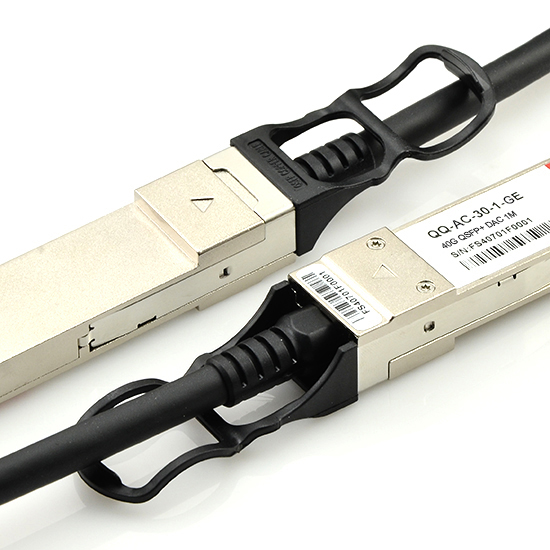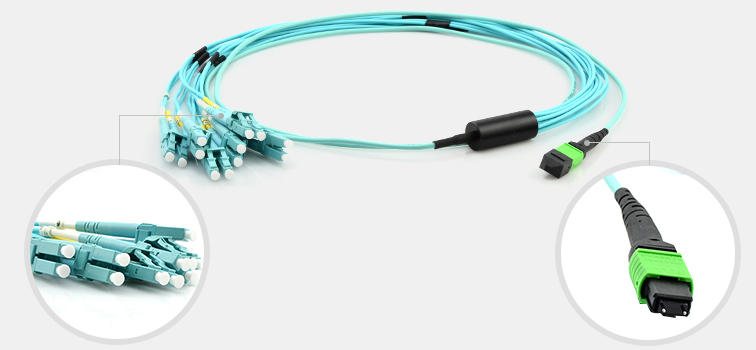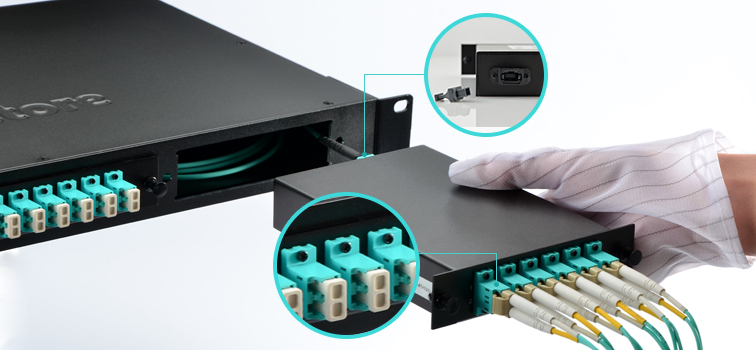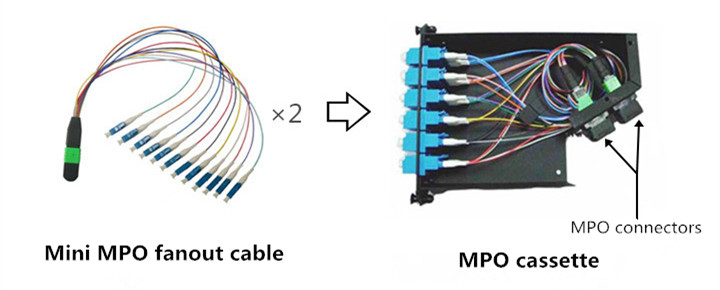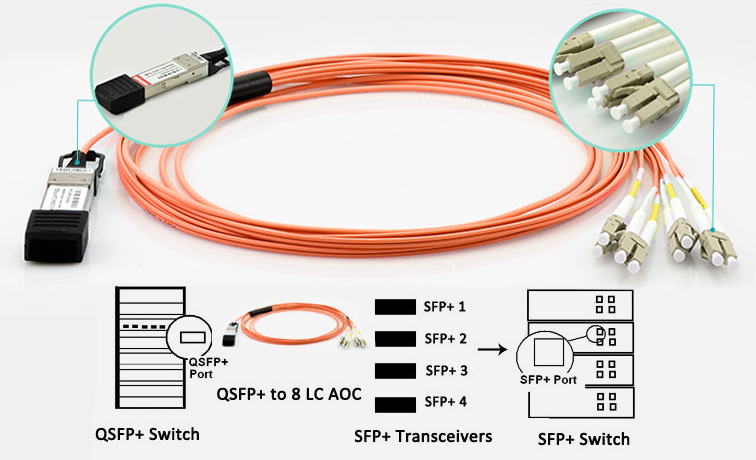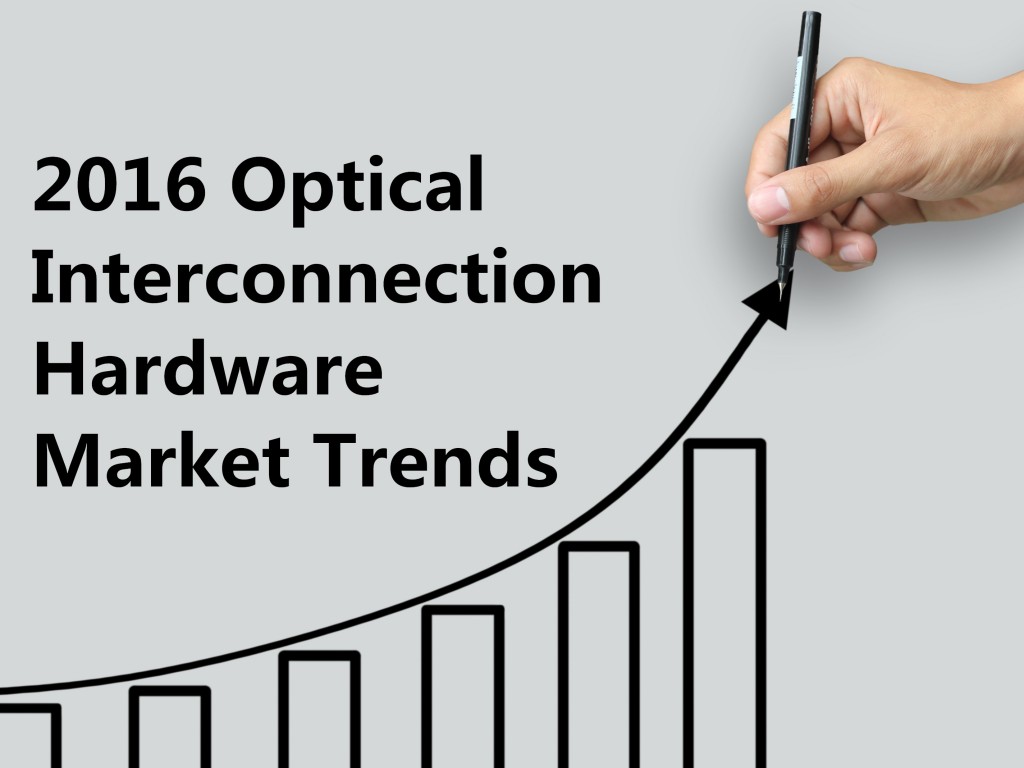
2015 is a harvest year to many vendors in optical communication. According to the research “Optical Network Hardware Tracker” by IHS, the global optical network market has increased 3 percent to $ 12.5 billion in 2015. Even, optical interconnection hardware market, which usually has the most fierce competition, also increased in 2015 driven by the whole industry. Will this tendency be kept in 2016 for optical interconnection hardware market?
Firstly, the insight of optical interconnection hardware market in last year should be given. In 2015, optical growth is greatly driven by the increasing needs for higher Ethernet speed. This is because the application of advanced technologies like Cloud, Internet of Things, and virtual data center. In addition, the deployment of projects like FTTH (fiber to the home) and 4G network also promoted the optical interconnection hardware market. It is clear that these applications and projects will still be the largest driver of the optical interconnect market in 2016. The most possible trends of optical interconnection hardware market could be concluded by three keywords: high speed, compatible and high density.
High speed is one of the keywords of this industry, and for 2016, it still plays an important role. It is clearly proved by the market needs that higher Ethernet speed is the irresistible trend. Although not many data centers have taken the lead to migration to 40/100G, the 40G and 100G will be the key growth segment of the market in the next few years according to the research by IHS. As shown in the following picture, the 100G market is predicted to grow 262 percent from 2015 to 2016. Inspecting the 2015 market signals, 2016 might be the breakout year of 100G. Fiberstore as the leading provider in optical communication has already launched 100G interconnection products including 100G transceiver and DAC (direct attached cable).
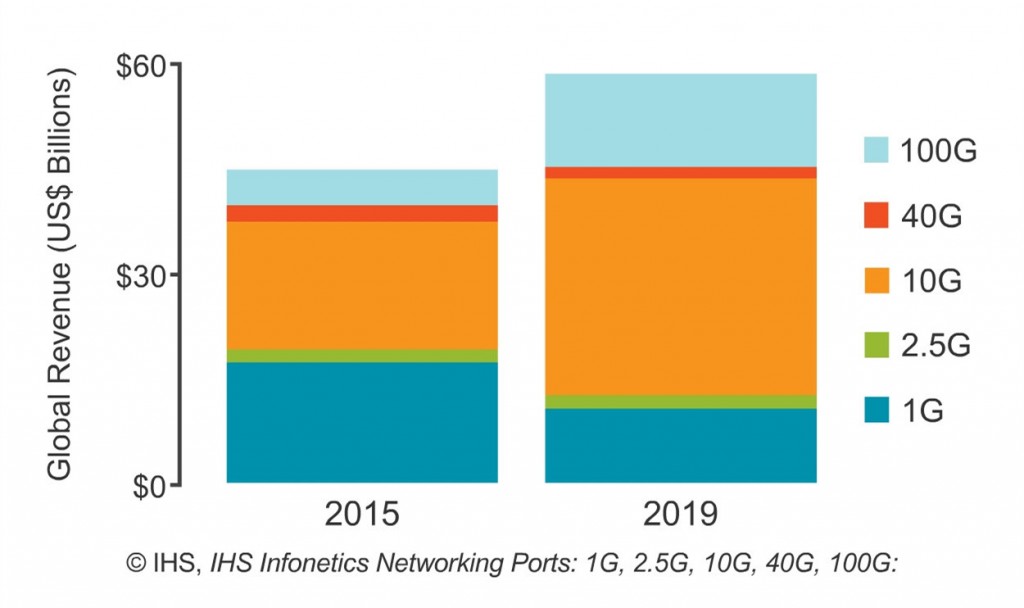
An important reason why so many data centers and enterprise networks slow down the 40/100G migration plan, is the cost. For example, almost every data center needs optical transceivers and DAC for interconnection. And these products must be compatible from the switches. However, the switch market has already been monopolized by large vendors like Cisco. And the original brand 100G optical transceivers and DACs are usually very expensive. Luckily, vendors like Fiberstore can provide full series optical transceivers with a lifetime warranty, fully compatible with networking kit. What’s more these products are much cheaper than the original brand ones and have the same performance. These third party transceivers offer customers more choices with lower prices, which is very likely to promote the optical interconnection market, especially, for 100G products.
High Ethernet speed means more devices and cables should be deployed in data center where the space is usually limited. Enlarging the size of a data center is a good method, however, it will cost a lot. Except the investment for more room, the invest for maintenance and cooling also cannot be ignored. Thus, increasing the port and cabling density would be the most economical and effective way for most data centers. In the past years, small form factor optics, high density network rack system and MPO products are applied to increase the cabling and port density. In 2016, Fiberstore innovatively provides high density LC and MPO patch cords with push-pull tabs which can increase the cabling density and flexibility effectively for optical interconnection.
High speed, compatible, and high density three most obvious trends of 2016 optical interconnection hardware market. With the driver of the market needs, the market is very likely to keep the tendency of 2015. Growth of 100G interconnection products is predicted to be a key growth segment in 2016. However, where there is market there is competition. Seen the market signals, more vendors will join the competition of optical interconnection hardware market. By providing fully tested products and the most reasonable price of optical interconnection products, Fiberstore is ready and willing to face the challenges and opportunities in 2016.

